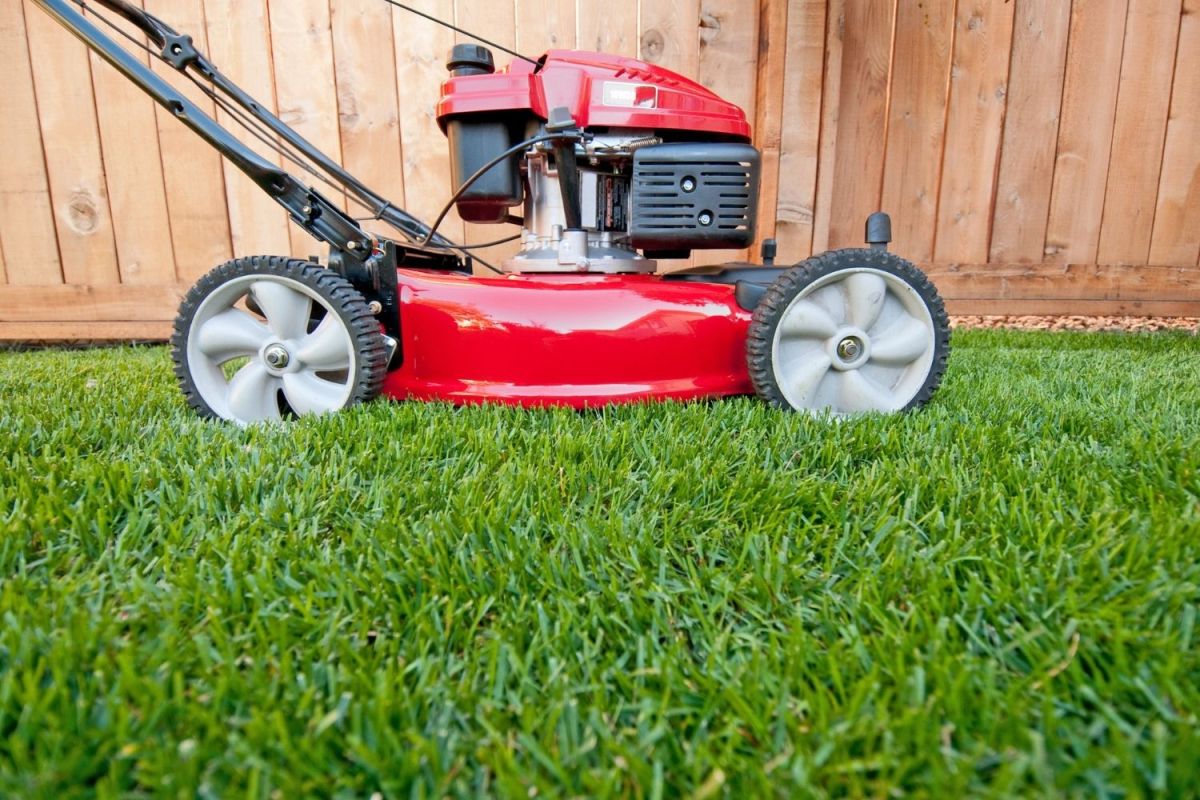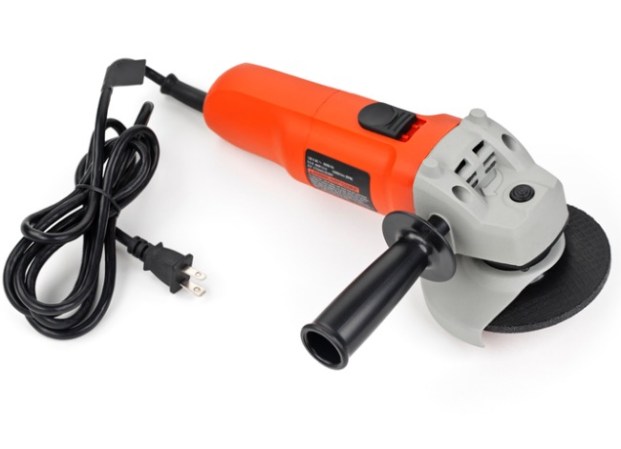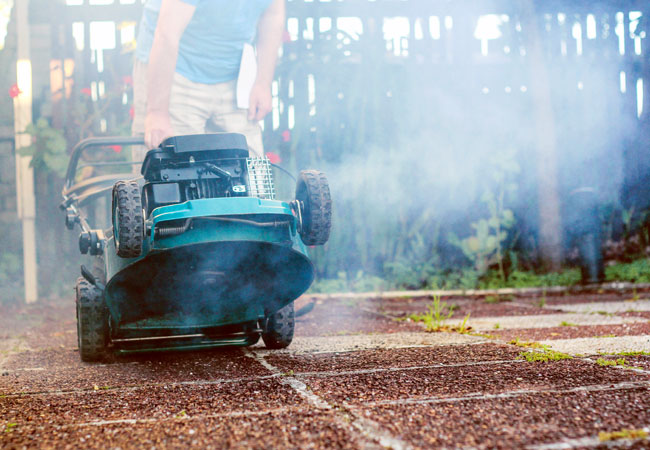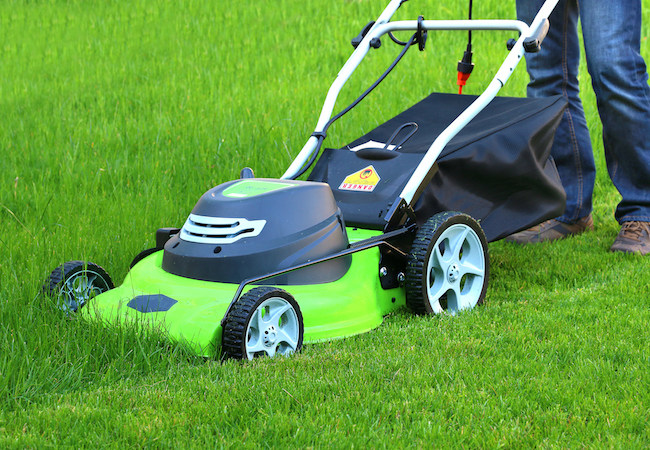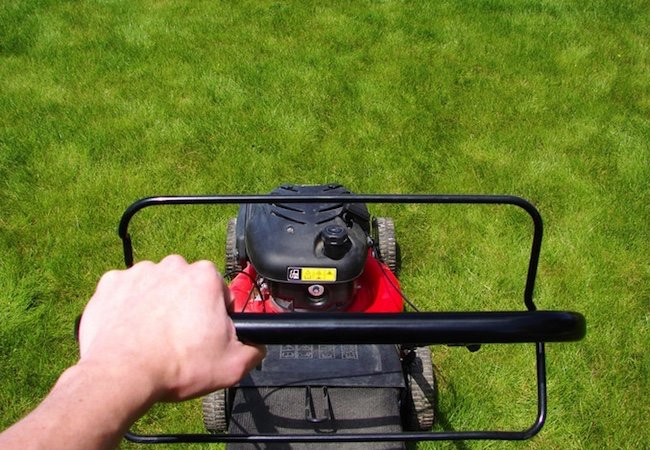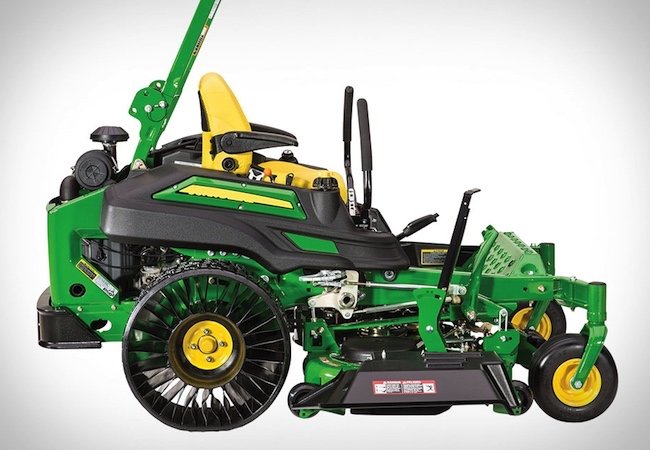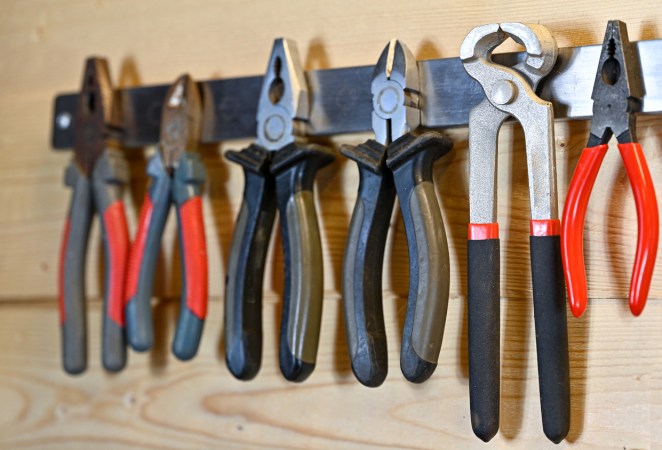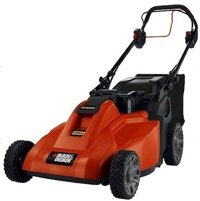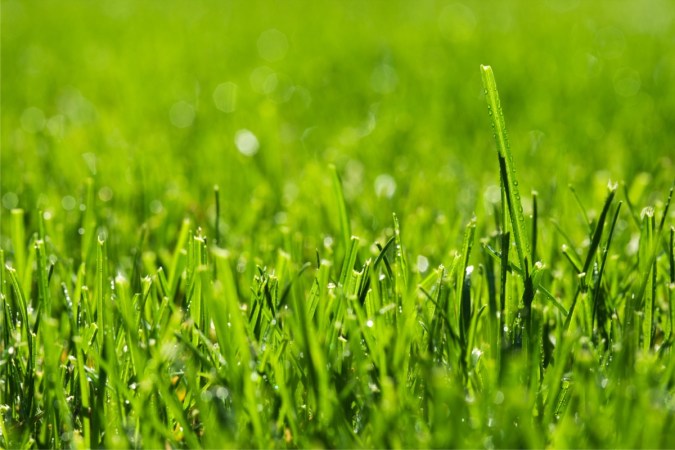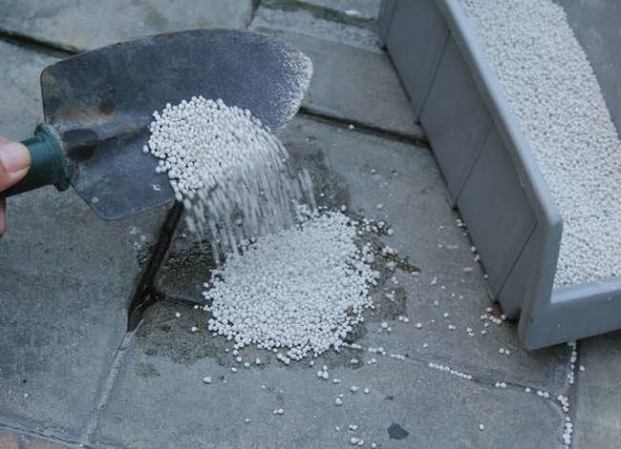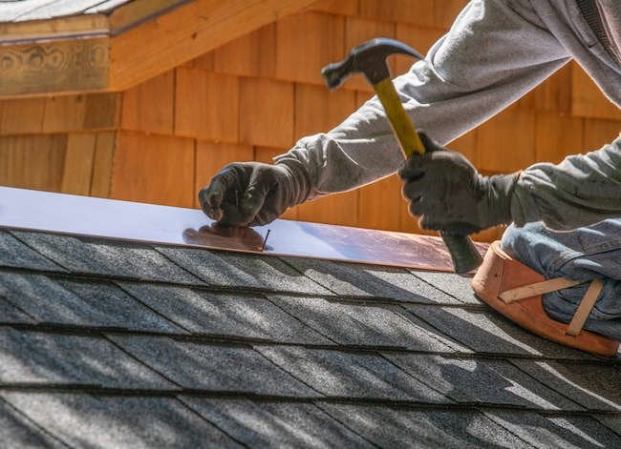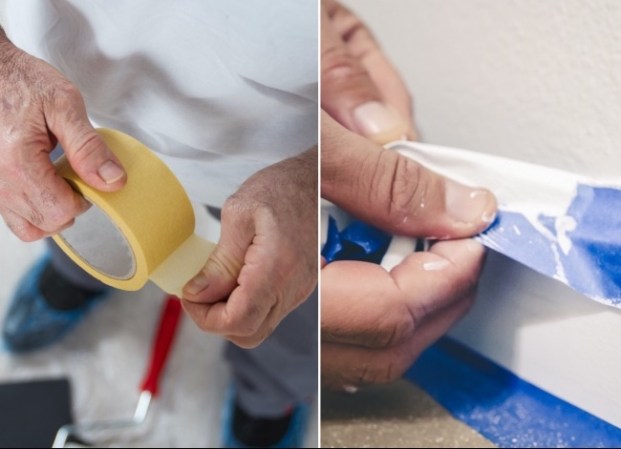We may earn revenue from the products available on this page and participate in affiliate programs. Learn More ›
A lawn is a great place for kids to play, pets to run, and adults to host family and friends, but the grass must be regularly cut in order to ensure that it grows healthy and doesn’t become overgrown. Overgrown lawns can often attract harmful pests like ticks, which are known to live in grass that is more than 4 inches in tall. So, it’s important to make sure that you can keep a healthy trimmed lawn by performing minor repairs and ongoing maintenance on your lawn mower.
While some issues are better dealt with by professionals, lawn mower repair and maintenance isn’t necessarily complicated. By establishing and adhering to a maintenance schedule, most issues can be resolved with minor inspections and repairs, including simple tasks like sharpening the blade, using the appropriate fuel, replacing the oil, or changing the air filter. Continue reading for tips on what to do and what not to do in order to properly repair and maintain a lawn mower.
DO sharpen the blade.
This may seem like an obvious task to some, but others may use their lawn mower season after season without paying any attention to the blades. Not only should the blades be regularly inspected for warping, rusting, and other damage, but they also need to be sharpened about twice per season or every 25 hours of use to help extend the life of the blades and the mower.
Sharp blades don’t just help the mower cut the grass better, they also make clean cuts through the grass, which reduces the likelihood of the lawn developing a disease. Inspect the mower blade for dents or nicks, and take note if the grass height is uneven after cutting, the edges of the grass look brown, or if the grass blades are torn instead of sliced clean through. Each of these signs is a symptom of dull blades that need to be sharpened.
Related: The Best Lawn Mower Brands for Upgrading Your Lawn Equipment
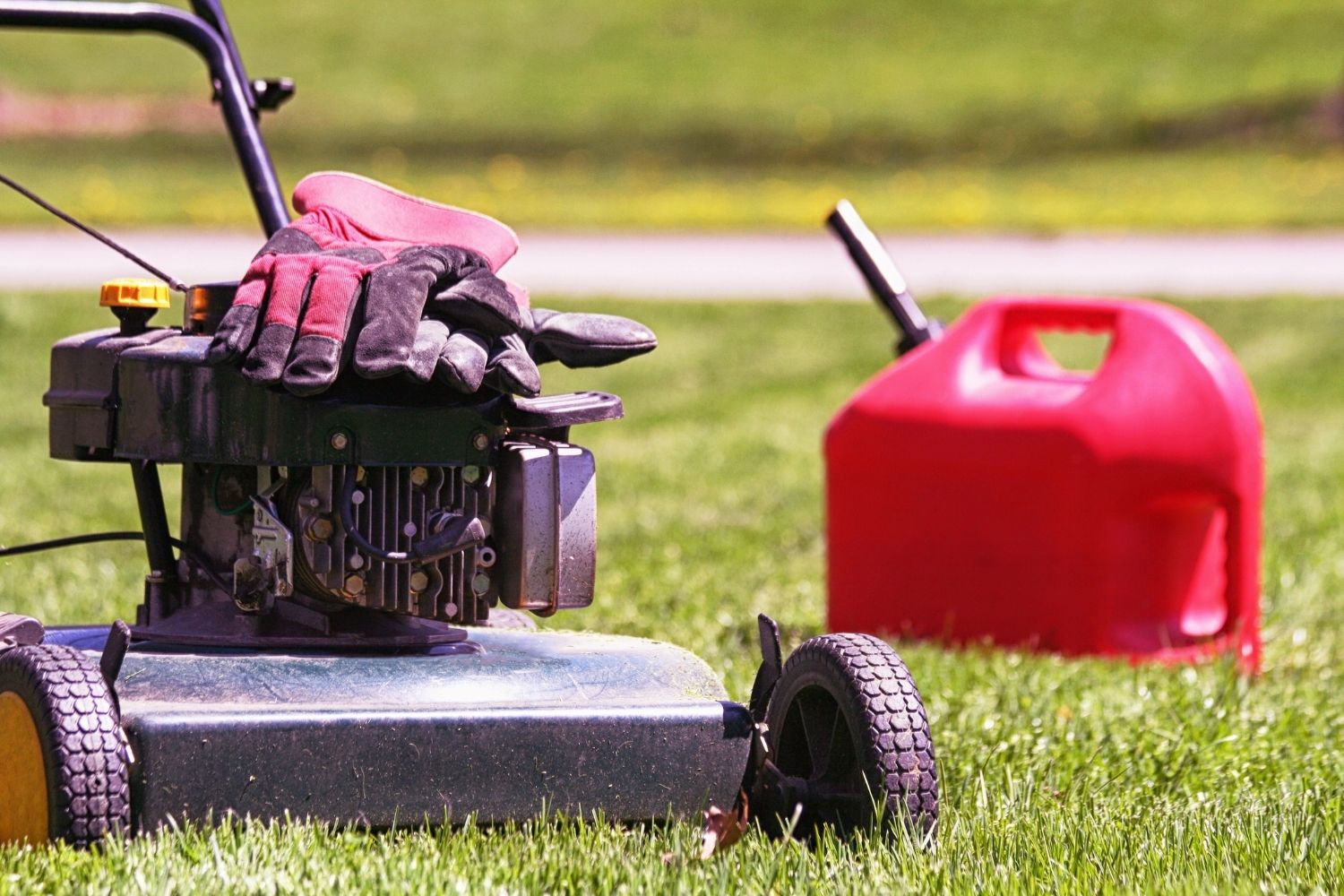
DON’T choose a fuel with an octane rating lower than 87.
As with any gas-powered machine, the type of gas that is used can impact the grass-cutting ability of the mower and the longevity of the engine. Gas is rated based on the amount of filler that is included in the gasoline formula, so octane 91 gas, which is often referred to as premium, has less filler than octane 87 gas that is called regular.
The minimum octane level that lawn mower gas should have is 87. This ensures that the gasoline meets the requirements for use in standard motor vehicles, reducing the chance that the engine will be damaged while burning the gas.
Some users may prefer to fill their lawn mowers with premium-grade gasoline, though this isn’t typically required. The best gas for your mower is the type that is suggested by the owner’s manual. However, switching to a premium grade gas during cooler weather, like early spring and late fall, is a good idea to help maintain the health of the engine.
DO check the spark plugs every two months.
Spark plugs in a lawn mower serve the same purpose as they do in a car or truck. These little parts of the engine serve as an ignition source for the gasoline. When they start to fail, it becomes immediately obvious. It’s important to inspect the spark plugs about every 2 months during regular use.
Signs that the spark plug on the mower may be failing include hard starts, poor engine performance, unreasonable fuel consumption, and a worn, cracked, or chipped physical appearance of the spark plug. If the engine is difficult to start up or it tends to die out immediately after the engine finally does start, then the issue may be the spark plug.
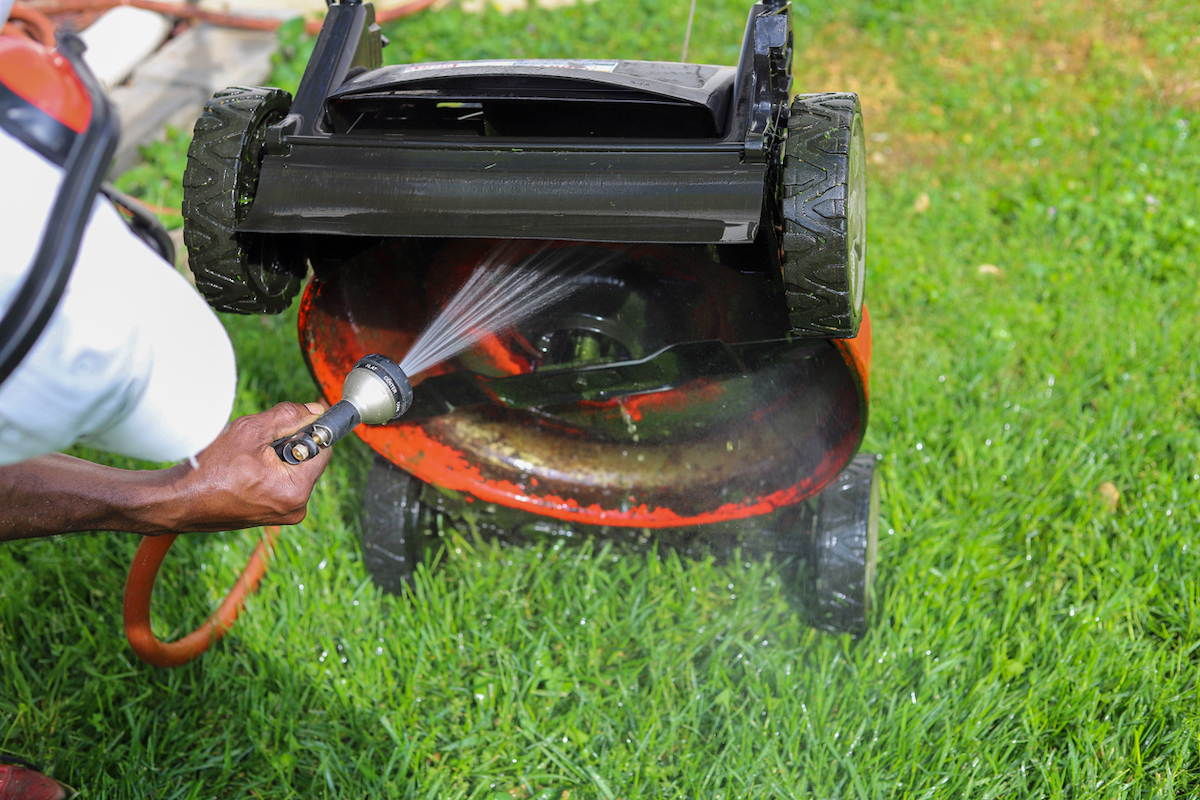
DON’T neglect cleaning the deck.
It’s never a bad idea to clean the deck of a lawn mower. Some people say to clean the deck once a month, others insist that it be cleaned after each use. It’s helpful to check the underside of the mower after every use to remove any stuck-on grass, dirt, weeds, or other debris. While keeping the deck clean will reduce the chance that the lawn mower will begin to rust or corrode from the inside, this isn’t the only reason to clean it.
As the deck of the lawn mower slowly fills with grass clippings, weeds, and dirt, the accumulation creates a barrier that prevents the grass from standing up straight while underneath the mower. This results in a poorly cut lawn and this build-up can even start to hinder the rotation of the blades, putting undue stress on the engine, blades, and component parts of the mower. So, after mowing the lawn, just take 5 minutes to flip the machine over and clean out the deck, saving the hassle of future lawn mower repairs.
DO inspect the flywheel.
A flywheel is a part within the engine of the lawn mower that stores the momentum from the combustion process in order to keep the crankshaft turning between the power strokes of the engine. It also helps cool the engine by blowing air around the engine block. Without a functional flywheel, the engine could quickly become overheated or it may not even start.
Some signs that a flywheel is damaged or failing include the inability to start the engine, the engine constantly stalling, and a burning odor from the engine. It’s advised to inspect the flywheel at the beginning and end of every lawn maintenance season to check for cracks, broken fins, slight burrs, shearing, and crankshaft damage. Just make sure to disconnect the spark plug lead before opening the engine to check the flywheel.
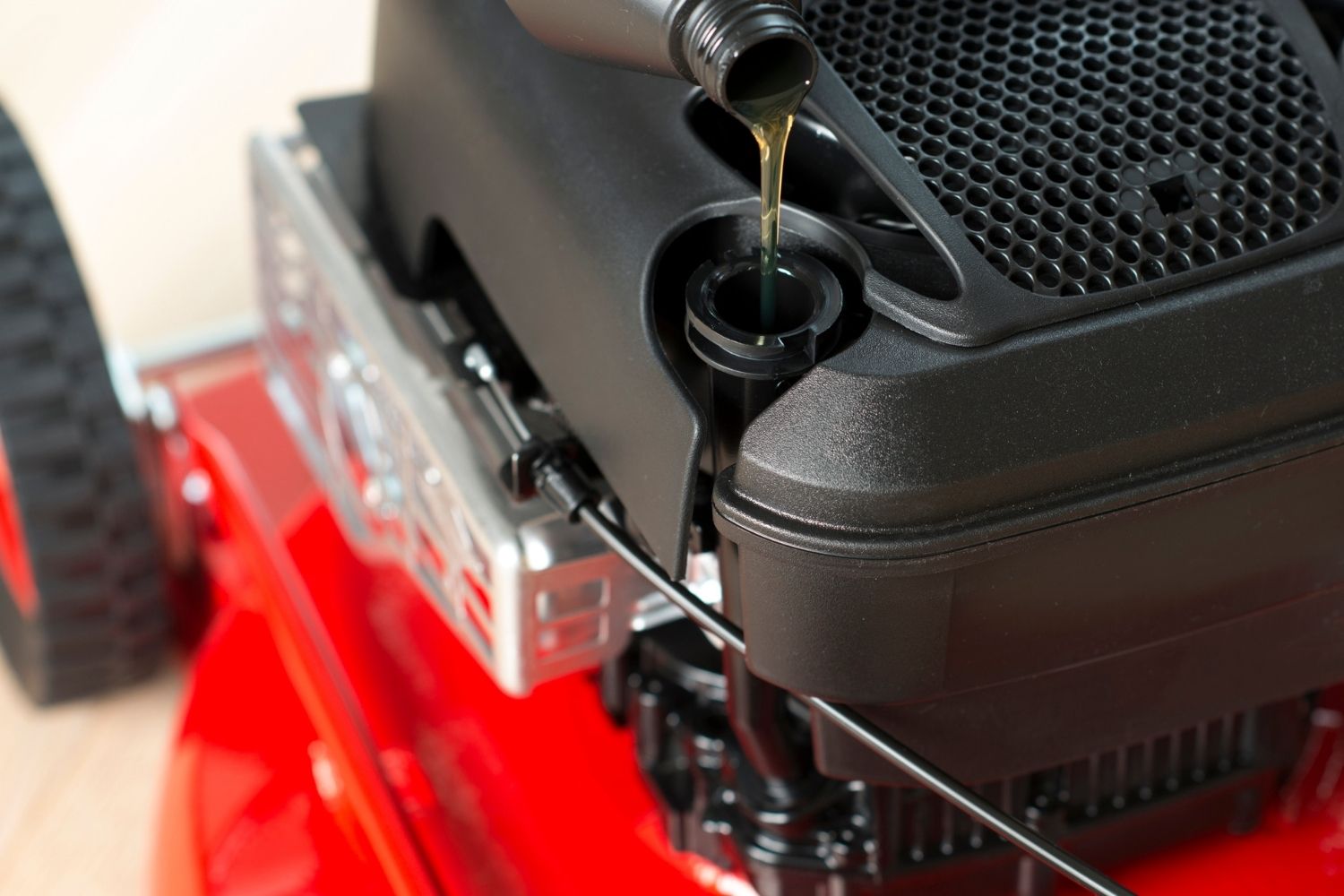
DON’T neglect oil changes.
Similar to sharpening the lawn mower blades, changing the oil in the lawn mower is a task that can either be almost entirely ignored or regularly performed with strict adherence to a maintenance schedule, depending on the user. If you don’t know exactly how it benefits the lawn mower, then it may seem like changing the oil does a lot. However, without this lubrication on the moving parts of the mower, the engine begins to seize and break down prematurely. Many people think of oil as the lifeblood of the engine, so it makes sense that the engine cannot function without it.
Check the oil level with the lawn mower dipstick before each use and change the oil when it becomes murky. For regular maintenance throughout the year, it’s advised to change the oil about once every 25 hours of use or at least twice per mowing season to ensure that the lawn mower engine is properly lubricated with clean oil.
Related: The Best Oils for Lawn Mower Maintenance
DO change the air filter.
The air filter in the lawn mower is designed to protect the engine by trapping dust, dirt, and other debris, but the filter can only hold so much dirt and debris before it becomes dirty and clogged. Some lawn mowers have reusable air filters that can be removed and washed, but this is a rare feature. Generally, a lawn mower filter should be replaced about once every year to help maintain a healthy engine.
Symptoms of a dirty or clogged air filter include a dirty physical appearance, engine misfires, a reduction in the horsepower or power output of the engine, concerning engine noises, strong fuel smells, and in serious situations, flames or black smoke can be produced by the engine. If you detect any of these signs, stop mowing and go get a replacement air filter. They are inexpensive and relatively easy to replace if you follow the lawn mower manufacturer’s guidelines for air filter replacement.

